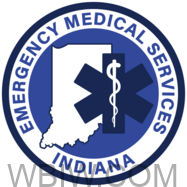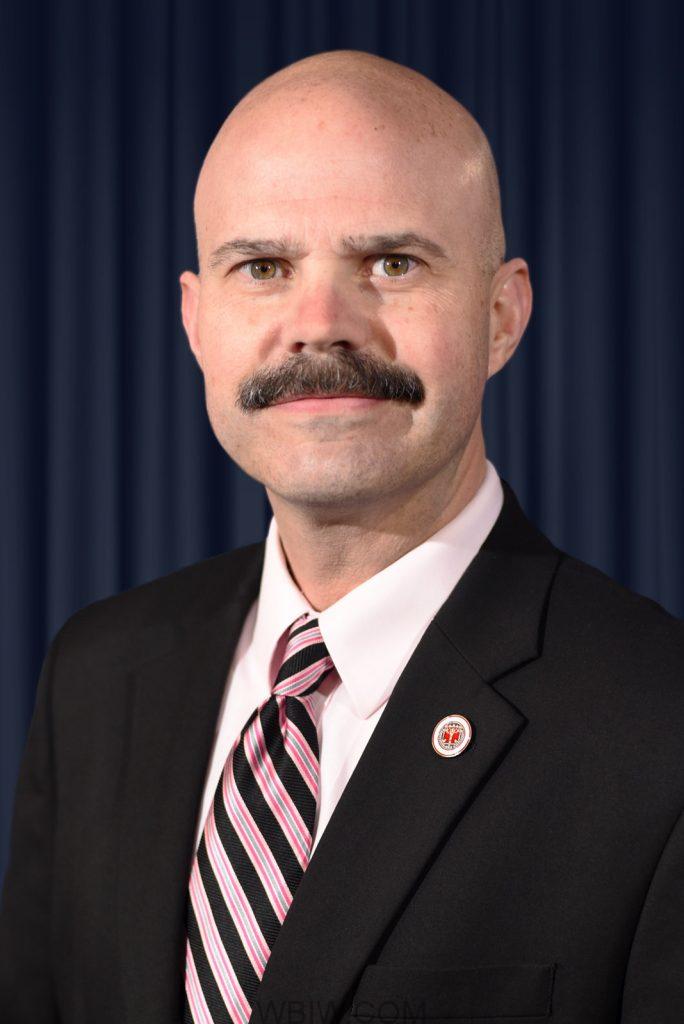
INDIANA – The Indiana Department of Homeland Security on Wednesday notified the Indiana EMS Commission that EMS has been designated as one of the five core divisions of the agency. For more than a decade, EMS has existed as a section under Fire and Building Services, administered by the Indiana State Fire Marshal.

“Indiana EMS is a critical function of public health and public safety,” IDHS Executive Director Joel Thacker said. “As such, it deserves to function independently to better recognize its contributions and be allowed to evolve to best serve the growing needs of Hoosiers in the future.”
The change was prompted not only by the increasing stature of EMS around the state but also it reflects the larger vision that the EMS staff have taken on as the service has evolved in Indiana, including advocacy and long-term planning initiatives. During the height of the COVID-19 pandemic, EMS played a critical role in helping to administer vaccines and support services that helped Indiana maneuver through the event.

“This designation is a validation of the vital role that EMS plays within our Indiana communities,” says EMS Director Kraig Kinney.

“For many communities, fire and EMS will be infinitely connected. But, some communities function very differently in Indiana,” said Steve Jones, Indiana State Fire Marshal. “This change is needed to enhance services, oversight, and leadership that Indiana EMS provides for Hoosiers outside of fire protection.”
In addition to EMS, IDHS is home to Fire and Building Services, Emergency Management and Preparedness, IDHS Administrative Services, and the Indiana State Building Commissioner.
The change also removes any potential conflicts of interest with the administration of the Fire and Public Safety Academy facilitating some EMS education offerings. Previously, staff from both the Fire and Public Safety Academy staff and EMS fell under the direct supervision of the Indiana State Fire Marshal.
Kinney noted that while the division is changing its structure within IDHS, the division will continue to work closely with the State Fire Marshal and the Indiana Fire Service.
In Indiana, 599 of the 841 (71%) of EMS provider organizations, including non-transport providers, are volunteer or paid fire service. For ambulance transporting organizations, the fire service is 41% of the total providers.
Kinney noted his appreciation of the recognition for EMS through the restructure, but he also recognizes the higher duties for the EMS division.
“While the EMS staff has increased its work and expanded functions to include better advocacy outside simple regulation, there are extremely tasking challenges for EMS currently, such as workforce shortages, working conditions and pay for EMS,” Kinney said.
This year, the Indiana General Assembly allocated about $15 million (across two years) to address gaps in the EMS workforce and evaluate how to best sustain the critical public service for the long term. Kinney complimented partners like the Indiana Department of Health and the Bowen Center for Health Workforce Research, who are contributing to the EMS workforce study. Results of the study are expected later this year. The EMS division is tasked with distributing and prioritizing the funds allocated for the budget for the next two years.
The readiness funding is a $5.7 million investment in EMS in both fiscal years, which will result in workforce assistance and education grants for programs and employers to certify new staff. The funds also will support training equipment as well as education for new and existing primary instructors.
At the EMS Commission meeting, Kinney also announced an Indiana EMS 2025 Vision project that will define what EMS needs to survive and grow into the future. The project will engage state agencies, stakeholder groups from EMS and fire/EMS the EMS Commission, and others.
“There were many great ideas from the workforce survey we established in May, and it made sense to gather a group to come up with a written vision plan that has the goals that address the needs of EMS around the state,” Kinney said.



